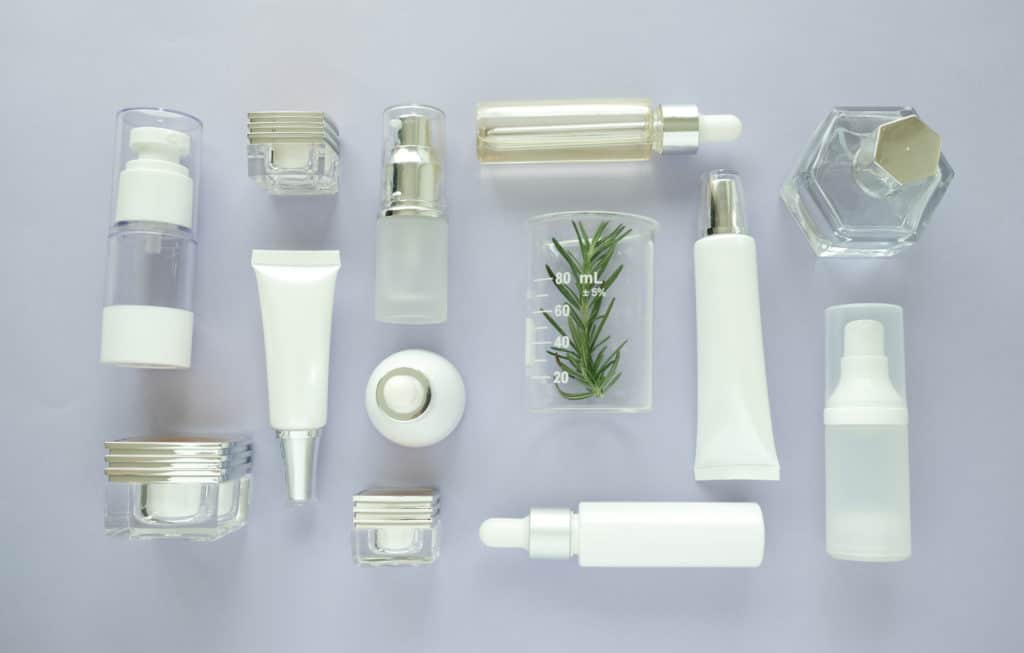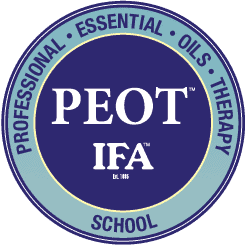Environmental concerns about plastic waste have become a pressing issue, especially over the last 10 years. There have been government backed initiatives to modernise every-day use of plastics from reducing the waste from single-use disposable coffee cups, to charging a fee for plastic carrier bags when grocery shopping.
It is widely accepted that the cosmetics industry contributes a massive amount of plastic to the worlds waste. In a 2019 Forbes article, the consumer end of the packaging industry, including personal care product containers, was shown to generate $25 billion per year in sales worldwide.
This is a staggering number of global sales, especially when according to the United States Environmental Protection Agency as much as 70% of this plastic packaging is ending up in landfill.
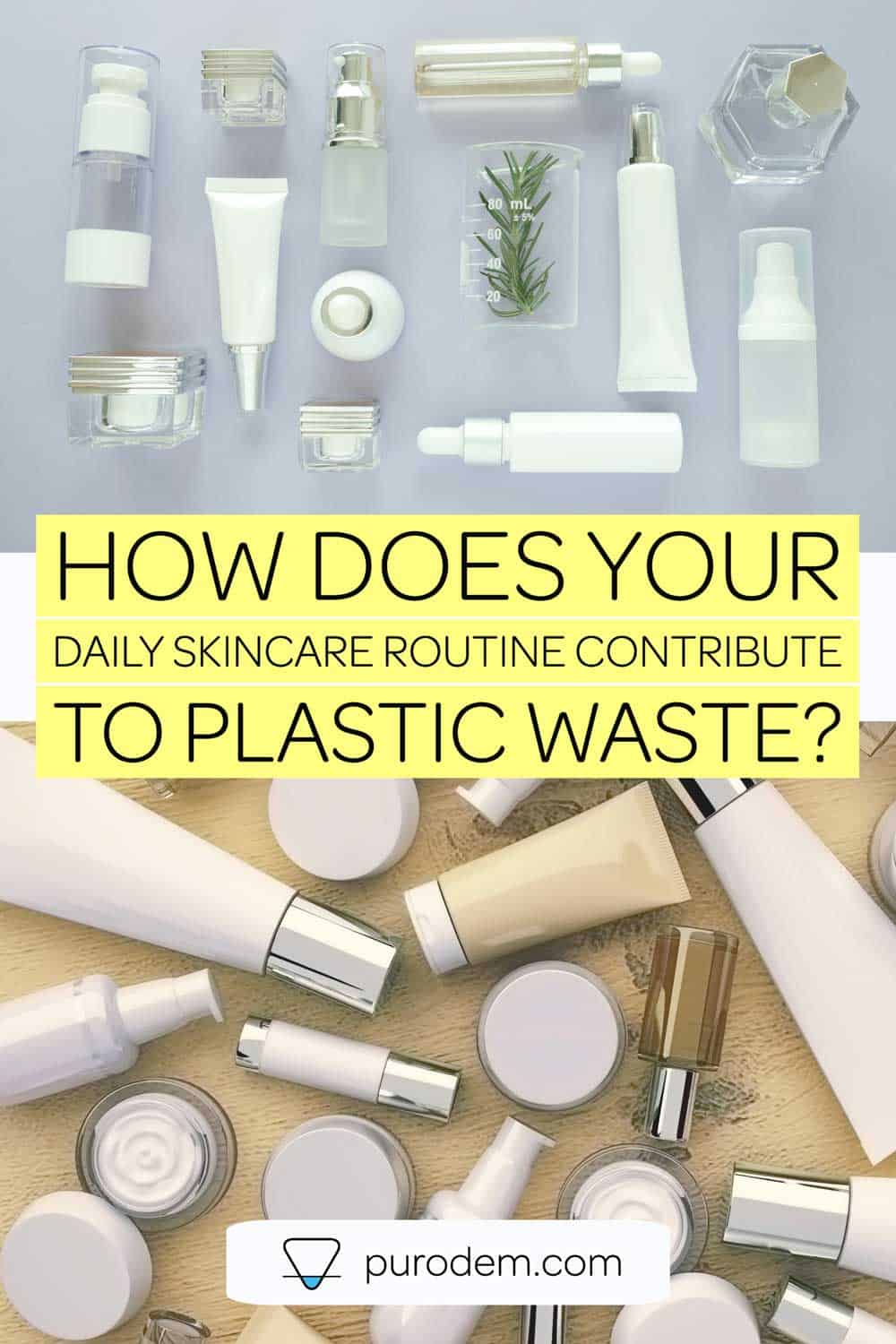
Where did it all begin for the plastic jar of moisturiser?
I wanted to find out where the love affair we have for our skincare to be delivered in plastic containers originated. Especially when, as a skincare formulator, many of the natural ingredients that are most effective in skincare, such as plant essential oils react with many plastics.
Having studied the history of skincare, it wasn’t until the mid 1900’s that plastic packaging became prolific in the personal care sector. Following the invention of Bakelite in 1907, came polystyrene, polyester, polyvinylchloride (PVC) and polythene in the late 1920’s. The growth of these products soared over the following years primarily due to the demands of the World War II effort.
At the end of WWII in 1945, the petrochemicals companies that had been profitably turning crude oil into synthetic plastics for use in military vehicles and communications, found themselves with a need to find a new and fast revenue stream for the glut of plastics that had been stockpiled, turning their attention to food packaging (enter Tupperware) medical pharmaceuticals and… the personal care industry.
Repackaging water
Still the question remains, why do we seem to prefer plastic to glass that is easily recycled and reused? The cost of transport, and breakage are the obvious reasons to prefer plastic to glass, however, looking back over the history of skincare another costing correlation came to mind. Water.
As a cosmetic skincare formulator, the most profitable product that you can make is a cream emulsion, which includes products like cleansers, day creams, night moisturisers, face washes, and lotions. The higher the percentage of water in a product the more cost effective (profitable) it is to produce because natural oils, waxes and butters, are to put it simply, more expensive.
By the end of the World War II the personal care sector, driven by big companies such as L’Oréal and Unilever, was growing. There had been a tidal shift from using home remedies to wanting off the shelf personal care products, and the use of cosmetics was becoming more accepted in the mainstream population.
The exponential growth in the personal care market really began from 1945 coinciding conveniently with the petrochemical companies need to re-task their aforementioned plastic mountain at the end of WWII. It wouldn’t have been too far a leap from storing foods in Tupperware to storing cosmetics in plastic jars, and so ready-made skincare was born, as were ready-made convenience meals.
Another huge benefit of the move to synthetic plastic was due to the skills of the cosmetic chemists of the day; plastic containers meant a greater scope to formulate with higher than ever water content. They held high water-based lotions and potions easily, and without reacting to the synthetic petroleum-based oils, they could now cheaply replace the more expensive and unstable natural plant oils in a skincare formulation.
We were after all in the age of the machine and science. A symbiotic relationship was born between the personal care sector and the plastic packaging manufacturers, and everyone made money.
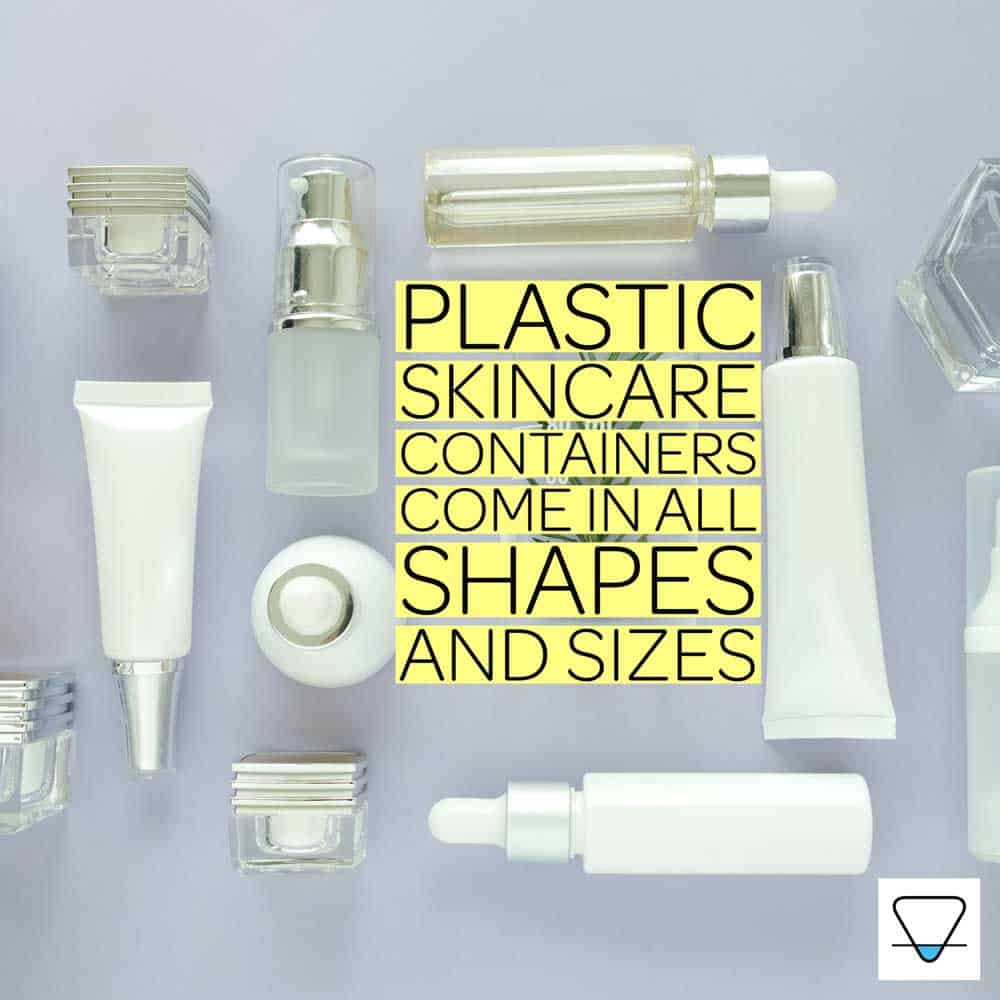
Marketing vs logic
Highly effective marketing campaigns by large chemical and cosmetic companies, have had a hold over the personal care sector since the 1920’s, and its still strong today. As general consumers, we still prefer those disappearing skin lotions and shower gels, even though in some cases it is these very products that contribute to many of the skin problems that we see in therapy practice, not to mention the mountains of plastic waste being sent to landfill each year.
Which would you choose; a soap bar which is portable, lightweight, can be stored in an infinitely reusable container when traveling, and lasts a long time? Or a shower gel, that with its high-water content (and we know what that means) heavy to travel with, tricky to dispense, packed with preservatives, and presented in a plastic bottle that is heading to landfill within a week or so?
Nature could provide the solution to biodegradable plastic
With the petrochemical industry once more in crisis I feel there is a compromise to be made. The global drive towards environmentally sustainable, renewable energy and the reduction of our carbon footprint has seen a shift towards chemical companies’ research into making biodegradable plastics, sourced from plant-based polymers rather than the very cheap, but non-recyclable synthetic plastics.
This research into biodegradable plastic packaging is also supported by those large cosmetic manufacturers such as Unilever and L’Oreal, and I do not think this is a coincidence. Given the worlds focus on environmental challenges, and efforts being made in renewable energy, the petrochemical industry needs to re-group in order to stay profitable.
The established cosmetic industry doesn’t want to be overtaken by the wave of bespoke, artisan skincare manufacturers who are now dealing directly with their customers. These organic skincare entrepreneurs (some of them previous students) are changing the consumers relationship with personal care at a grass root level, making shampoo bars, and/or all in one cleanser & moisture balms, more desirable.
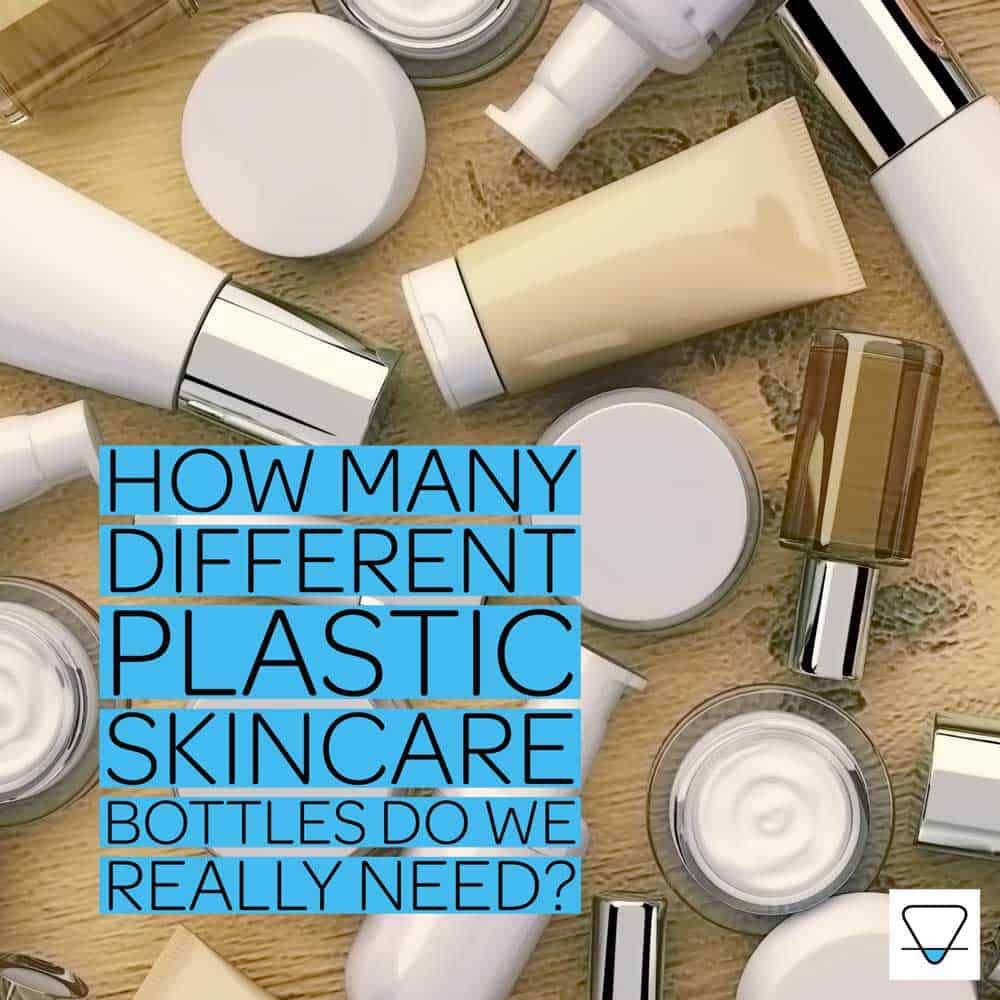
Customers start to fight back for their environment
Common by-products of the petrochemical industry, including Petrolatum and Paraffinum Liquidum (Liquid Paraffin) used as cheap synthetic oils by the cosmetic chemist, are no longer so easy to hide in off-the-shelf skincare and cosmetic beauty products.
Today’s consumer are reading ingredients labels and voting with their wallets. Also, having seen our oceans dumped with rubbish customers are doing the same with synthetic plastic, opting for skincare brands that use either exclusively ecologically biodegradable plastics, or glass, aluminium and cardboard packaging.
Consumers are well educated these days, and they can see through the marketing propaganda. This is leaving corporations in the chemical and cosmetic industries no choice other than to address consumer demand for a cleaner product. They can see their market share being chipped away by fledgling organic cosmetic companies disrupting the status quo.
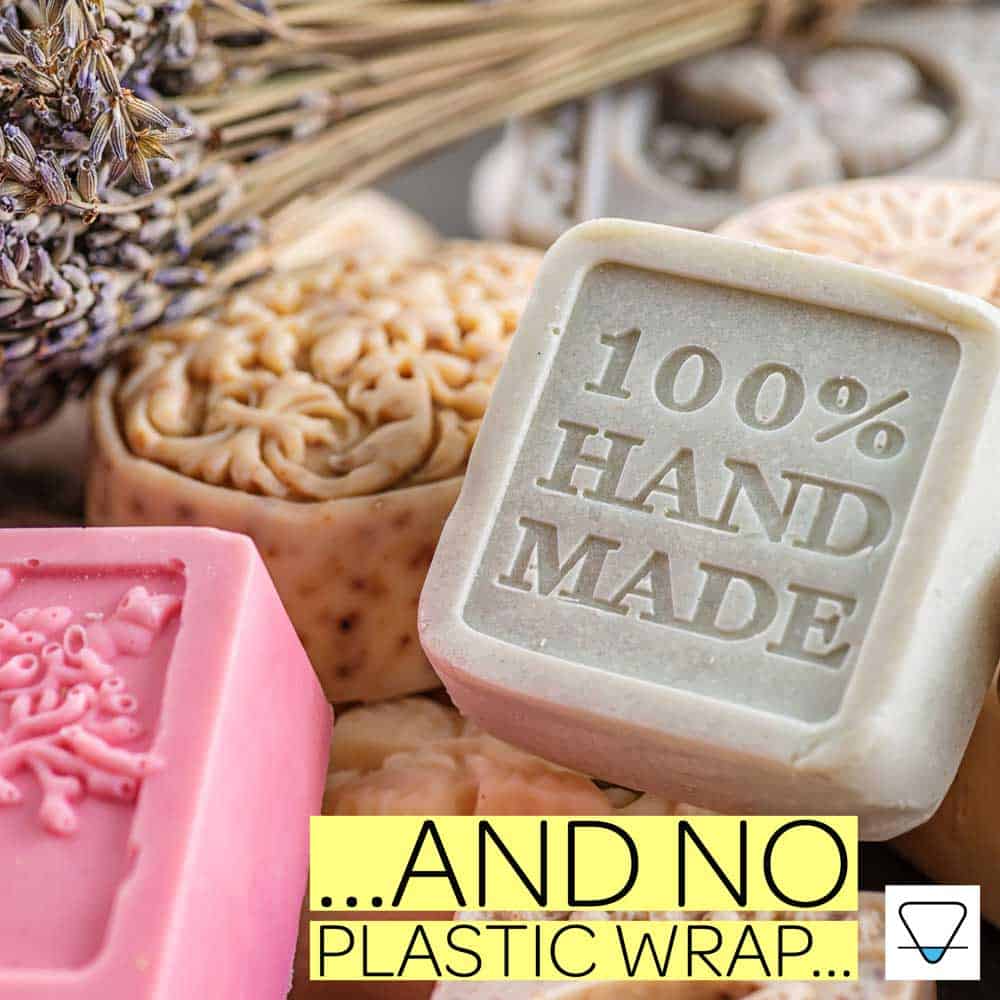
Well, returning to the original question - how much is your daily skincare routine adding to plastic waste?
The current answer is still probably a good portion of that eye-watering 70% of all plastic packaging going to landfill, and our shampoo and cleanser bottles, shower gels and lotion pumps are a part of that.
Plastic has allowed great leaps forward in many sectors and there is a place for the biodegradable plastic packaging of our skincare, I don’t think anyone would advise that it would be safer to use a glass bottle for a baby shampoo… Plastic just has to be responsibly made, safely biodegradable and used only when needed for the desired application.
The answer is in our hands as the consumers. After all, history does show us that nothing is more persuasive to industry changing course than putting a dent in a corporate’s bottom line.
The clean skincare movement is gradually get momentum and plastic will eventually be used sensibly; only when needed, and re-tasked within the home or recycled fully, rather than thrown away making its way into landfill.
Maybe as the consumers it’s also just time for us to change some habits. Rather than buying off the shelf at a supermarket or department store, maybe you’ll seek out your local aromatherapist who can make your skincare for you. You could even learn how to make professional skincare products for yourself at home.
The same way you don’t need to be a chef to make an omelette – you don’t have to be a chemical engineer to learn how to make a face cream…
Sources & further reading…
BBC – A brief history of plastics, natural and synthetic: https://www.bbc.co.uk/news/magazine-27442625
National Geographic – The beauty industry generates a lot of plastic waste. Can it change?: https://www.nationalgeographic.com/environment/article/beauty-personal-care-industry-plastic
Environmental Investigation Agency / Greenpeace – Checking out on plastics, a survey of UK supermarkets’ plastic habits: https://eia-international.org/wp-content/uploads/Checking-out-on-plastics.pdf
McKinsey & Company – The impact of COVID-19 on the global petrochemical industry: https://www.mckinsey.com/industries/chemicals/our-insights/the-impact-of-covid-19-on-the-global-petrochemical-industry
The Guardian – In a lather: sales of barred soap are up – but is it better at cleaning than a shower gel? https://www.theguardian.com/lifeandstyle/shortcuts/2019/jan/07/sales-soap-up-better-cleaning-shower-gel


